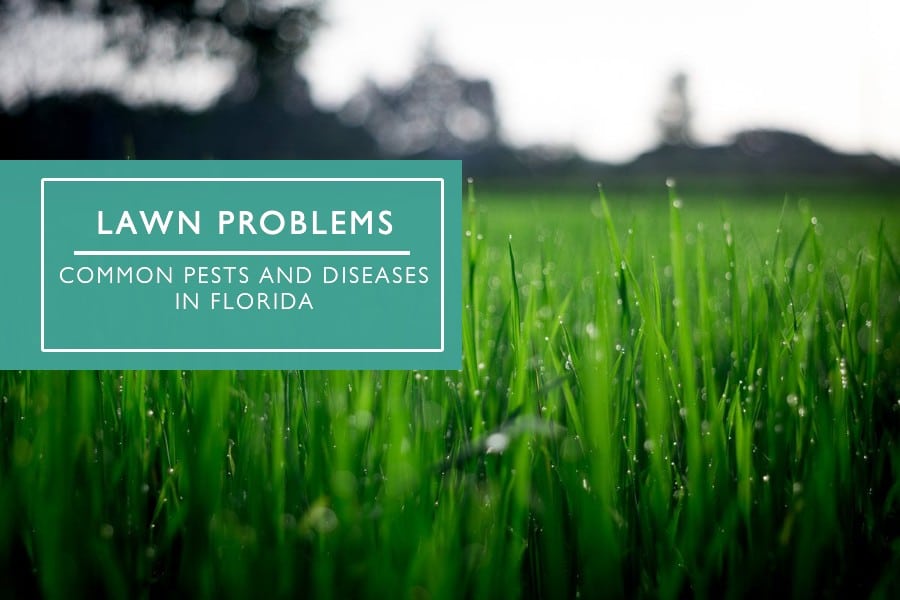With the Florida sun and climate, homeowners can grow green lawns and lush gardens. But after working hard to furnish and install landscaping features, something is happening with your lawn that ruins the picture. You suddenly notice that there are uneven spots, or worse, spreading of dead grass across the yard.
After putting in the time and effort to manicure your lawn, it can still be ruined – and it’s not just yours. Unfortunately, the heat and humidity combined with poor irrigation can inevitably bring your lawn to a bad state. It’s also because there are common pests and diseases that thrive in our climate.
To help you assess the gravity of the situation, here are some pests and diseases that can infect your lawn. This way, you can immediately take action before it’s too late. You may opt to try some of the suggested remedies or you can hire help. Remember not to apply chemicals unless you’re sure about the situation.
Chinch Bugs
These pests tend to infest St. Augustine grass but don’t think your lawn is safe if it has a different variety. They eat other kinds as well and can harm your lawn by sucking nutrients from your grass with their beak-like needle. After piercing your grass, they will suck it until its dry and inject a toxin that will kill it. Unfortunately, they are not seasonal bugs and will be active the whole year. It’s best to stop them early on since they can quickly damage your entire lawn.
Mole Crickets
Crickets are noisy and harmless but mole crickets? They’re not good for your lawn. They have different ways to damage your grass such as tunneling through the roots or eating it instead.
Fire Ants
You may already be familiar with these pests, especially if you have been bitten by them. Not only are they harmful to people and your lawn as well. You’d spot their colony right away since it comes in mounds of different sizes. These insects are active all year and swarm in spring and fall.
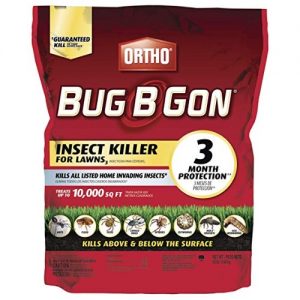
Grubs
Another common pest you’ll find is the grub. It’s a c-shaped bug which is usually milky white. They tend to hatch in May and June and will be active the whole year. These pests will eat the roof system of your turf grasses and cause damage. If you see brown areas or soft patches, this means they have killed your grass. To make sure these pests are the culprit, pull out a patch of grass and if you were able to easily remove it and find grubs, then it’s them. Unlike the fire ants, they are not harmful to people but they do have the capability to destroy your whole lawn.
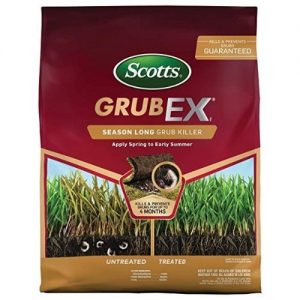
It’s best to apply proper treatment in May after clarifying and visibly noticing the damage they caused.
Sod Webworm
Aside from fire ants, your lawn may also be infected with sod webworms during the spring and fall. They come in different colors but all of them will be covered in fine hair. If you see several brown spots or ragged bites on your grass blades, then these pests are probably the culprit. Watch out because if they came in a large group, your whole lawn can be eaten in a few days.
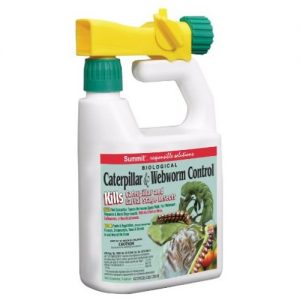
Weed Germination
Weeds are a common problem, especially to native grass that isn’t healthy. Before resorting to herbicides and fungicides, pull out the first few weeds before they spread. If you pull them by hand, it can lower the chances of your lawn getting infected by a disease.
It’s also important to check what’s hidden beneath landscaping features, footpaths, flowerbeds, and non-grassy spots of your yard. They are usually the source of weed and there are two options to fix this.
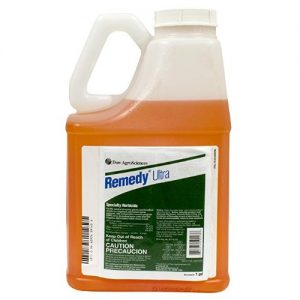
You can place synthetic mats with herbicide underneath the bed or use mulch to prevent the light from reaching the soil and avoid weed germination.
Brown or Dry Spots
When your soil has been smashed down by heavy traffic, by car or by foot, this will cause brown and dry spots across your lawn. It’s because flattened grass can’t breathe and extract oxygen. If the soil is compacted, the water won’t drain which could lead to an infection and weed growth. You can create a trail so that your family and guests can’t cause damage to the rest of your lawn.
These spots can also occur if your lawn doesn’t get its needed water. Make sure to fix your sprinklers or water them manually.
A Certain Dead Spot
If you see a dead spot surrounded by healthy green grass, don’t panic and jump to conclusions that it's a disease spreading – especially if you have pets. Sometimes these are just spots where your dog peed.
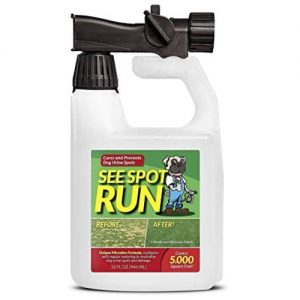
Expanding dead spots
Now, this is the time you should be worried. It’s probably caused by any of these fungi:
- Rust
If you find reddish spots all over your lawn, this is the rust fungus that will make your lawn vulnerable to more diseases. It’s caused by overwatering, especially in shady areas.
- Take-all root rot
The take-all root rot fungus infects the roots of turf the whole year, but one must keep an eye out for during rainy summers.
The first symptoms would be irregular light green or yellow areas across your lawn. The grass in these areas will get thinner and die. You must prevent it before it gets this far. Make sure to properly water, fertilize, and mow your turf to avoid this fungus.
- Dollar spot
It’s called a dollar spot because the area infected is as small as a silver dollar. The grass infected has white marks and cobwebs in the morning dew. Watch out because this spread quickly and will kill the grass’ blades and roots. Once your lawn is infected, immediately remove the affected areas and replace with new sod.
- Gray leaf
Once your lawn is infected with gray leaf fungus, the grass blades will have brown spots and velvet patches. If it spreads, your grass will become thin and patchy. You can avoid this by not overwatering.

To summarize, most of these fungi can be prevented or solved by adjusting the amount of water and fertilizer, proper mowing, or using pesticides when the infestation gets bad.

